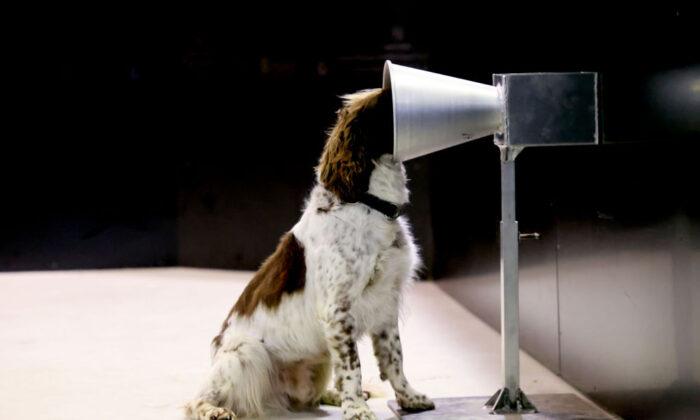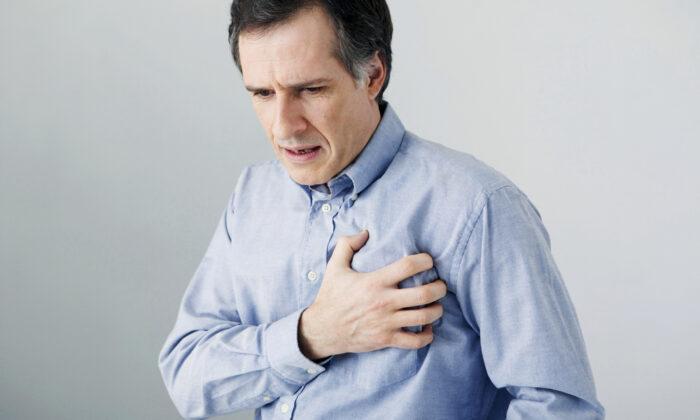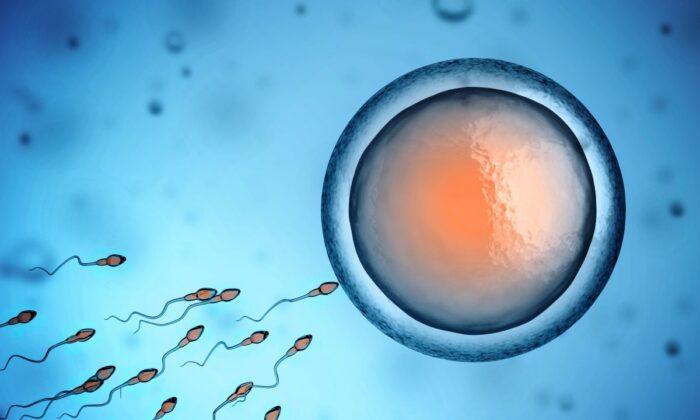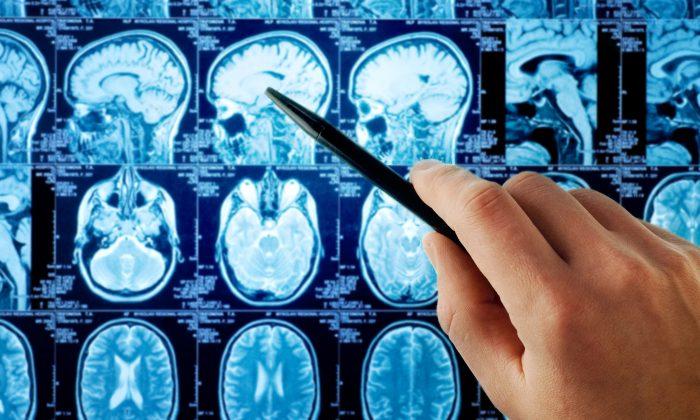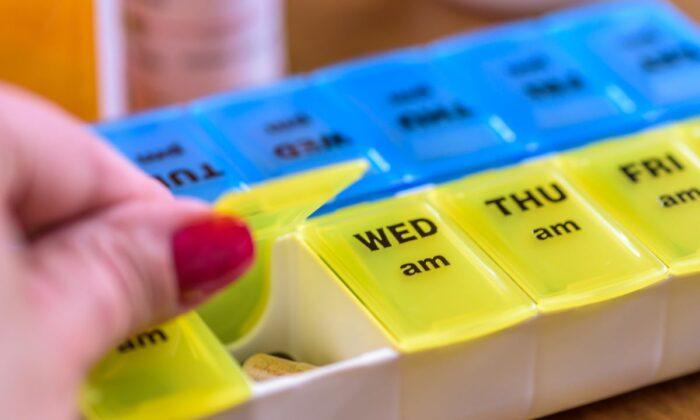Our loyal four-legged companions may soon be valuable frontline health workers after research led by the University of Adelaide found that specially trained dogs can detect positive COVID-19 cases.
In a media release on Monday, Dr Anne-Lise Chaber, a senior lecturer in the University of Adelaide’s School of Animal and Veterinary Sciences, said that these dogs, which a predominantly labradors, can sniff out COVID-19 cases faster and earlier than a PCR test and more reliably than rapid antigen tests.
“Dogs have a remarkable ability to home in on COVID-positive, and their strike rate for sniffing out the virus is more than 97 per cent, even in symptom-free cases in controlled settings,” she said.
She explained that since 1889, there had been numerous anecdotal cases of dogs detecting melanoma and other types of cancers.
“Canine olfactory detection of human malignancies is now very well documented,” she said.
Dogs have highly-specialised olfactory receptors, around 300 million of them, compared to just 5 or 6 million in humans, and are currently being used in Australia and around the world to search for illegal substances at borders and to sniff out pests like fire ants and termites.
A canine olfaction expert and colleague of Chaber’s confirmed dogs can discriminate between COVID-19 positive and negative patients, so when Chaber embarked on her research, she decided to investigate the level of accuracy and whether dogs could be used for this purpose in Australia.
She contacted various agencies, including the Australian Border Force and the Department of Biosecurity, who confirmed they would participate in the scientific adventure.
The dogs first needed to be trained in what to search for and how to do it, Chaber said.
The training was based on creating a positive and rewarding association with a smell, the first of which was a rubber kong.
All dogs were initially trained to find this odour, and when they did, they were taught to sit and stare, after which they would be rewarded with food or a toy.
When this training was well established, researchers introduced a new odour, the volative organic compounds (VOC) linked to COVID-19 infection.
Samples were taken by putting a piece of gauze under each armpit for two minutes, then placing the samples in a plastic bag and sending them to a lab.
Sweat was used because it is a non-infectious material and is therefore known to be safe to handle.
The dogs had to be imprinted with 80 COVID-19 positive samples from different people because the key was to find COVID-19, not a person.
The detection process was then applied whereby they would walk along a line with multiple samples on it, sitting and staring upon detecting a positive sample.
The dogs completed 1,333 of these runs in this process, and the samples they identified as positive were then compared with PCR tests.
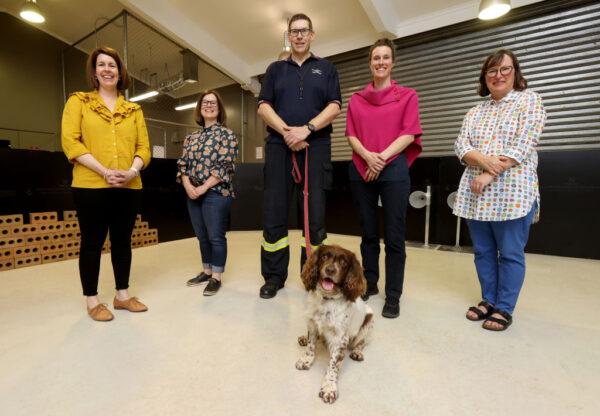
“The results were very impressive,” Chaber said.
In terms of sensitivity, meaning how often the test will turn out a positive result when the person is truly positive, 87.6 to 100 percent accuracy was achieved, depending on the dog.
The specificity is the ability of the test to give a negative result when the person is truly negative, and this ranged from 96 to 100 percent.
The first operational trial was conducted at Sydney airport but was not successful because while in a controlled environment, all the positive samples used were from people in the first week of infection, at the airport, they were at different stages and not necessarily still infectious.
This realisation that the dogs could only detect cases within the first week or when people were infectious was a good outcome because now the limitations of the screening tool were known.
With this knowledge, the team conducted a larger trial at Adelaide Airport, which, although successful, still presented a major problem.
Relying on sweat as a sample was not feasible in the real world, as it was too time-consuming to screen passengers this way, so researchers worked on developing what they call a “training aid”, which is a substitute odour for COVID-19’s VOC.
This cocktail of proteins is not infectious, but when dogs are imprinted with it, they can sense and detect COVID-19 in people.
The substance is currently being put on masks, gauze, and socks in training, and it has been confirmed that dogs trained this way can generalise and find people who are COVID-19 positive.
Researchers are now working with South Australian Health to deploy dogs in health settings.
“That will be amazing if the dogs can do that not only at the airport but also in hospitals,” Chaber said.
“Canine detection of diseases is actually...a big revolution. It’s a new diagnostic and screening tool that is not based on pathogens or antigenic search, but is based on finding volatile organic compounds.”
She said it’s opening up a totally new area of research, and although there are still many unknowns and a lot more work to do, this screening method has been proven helpful in COVID-19 detection, adding that there is potential to use this method for detection of other diseases too.
